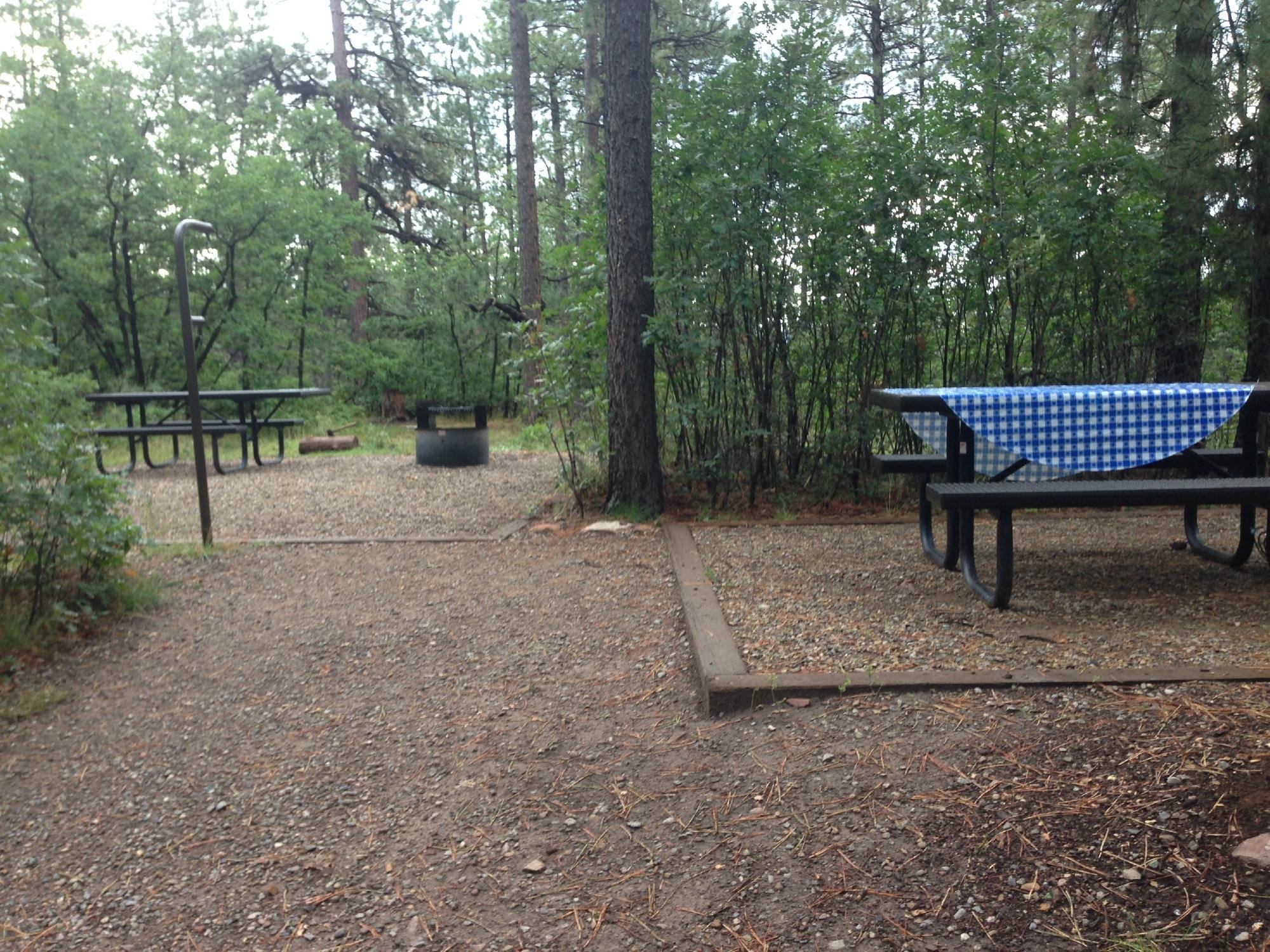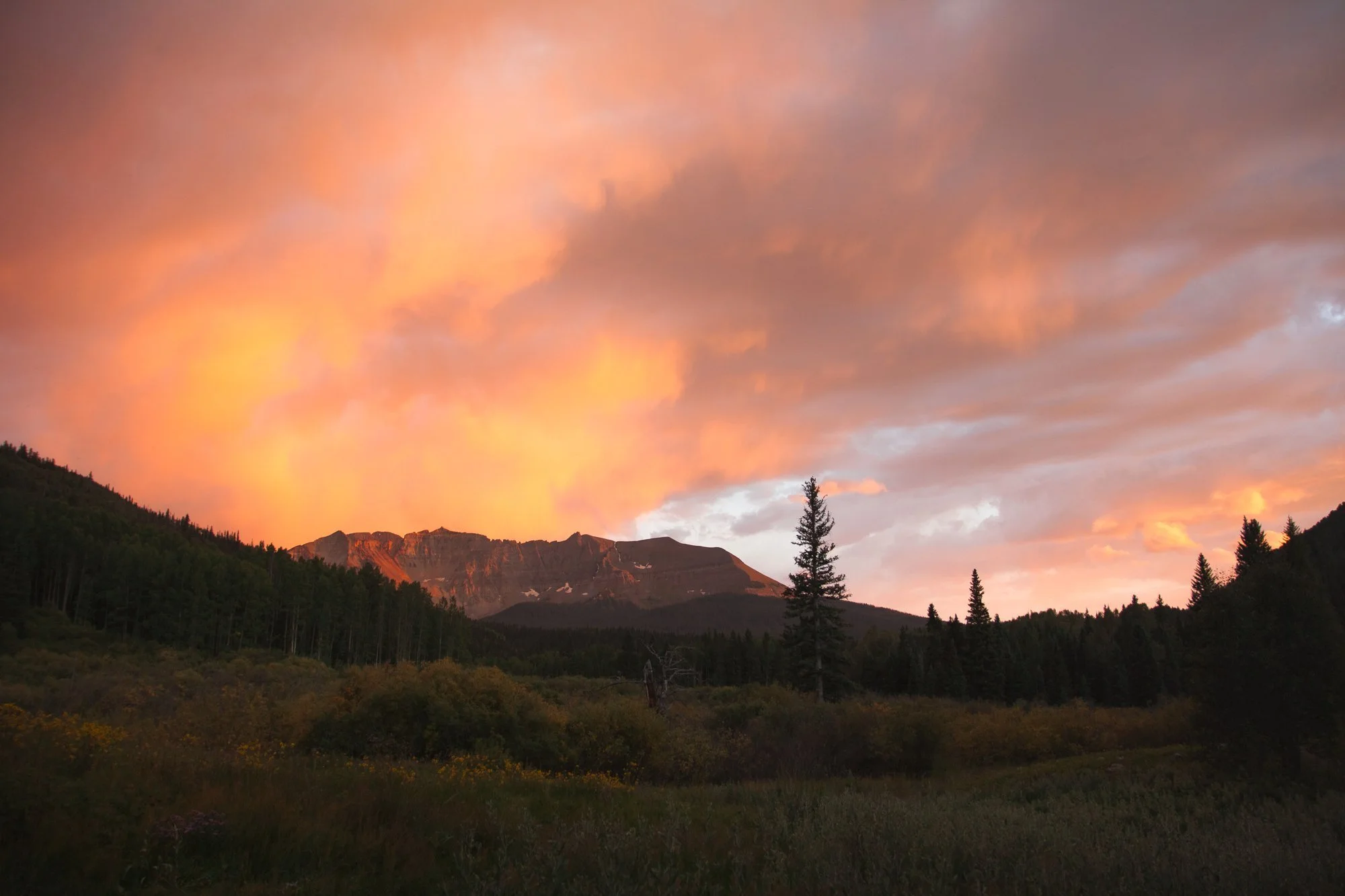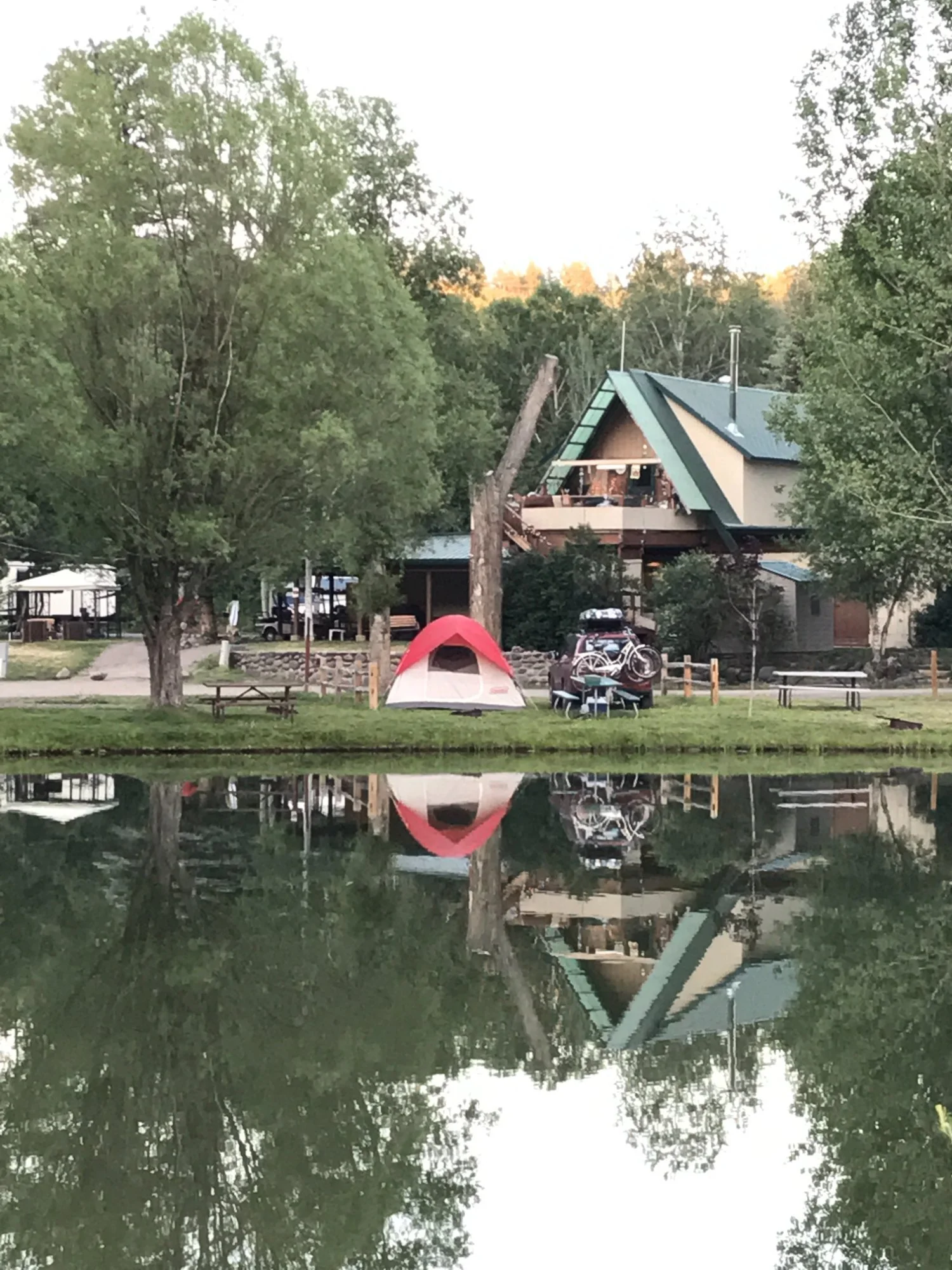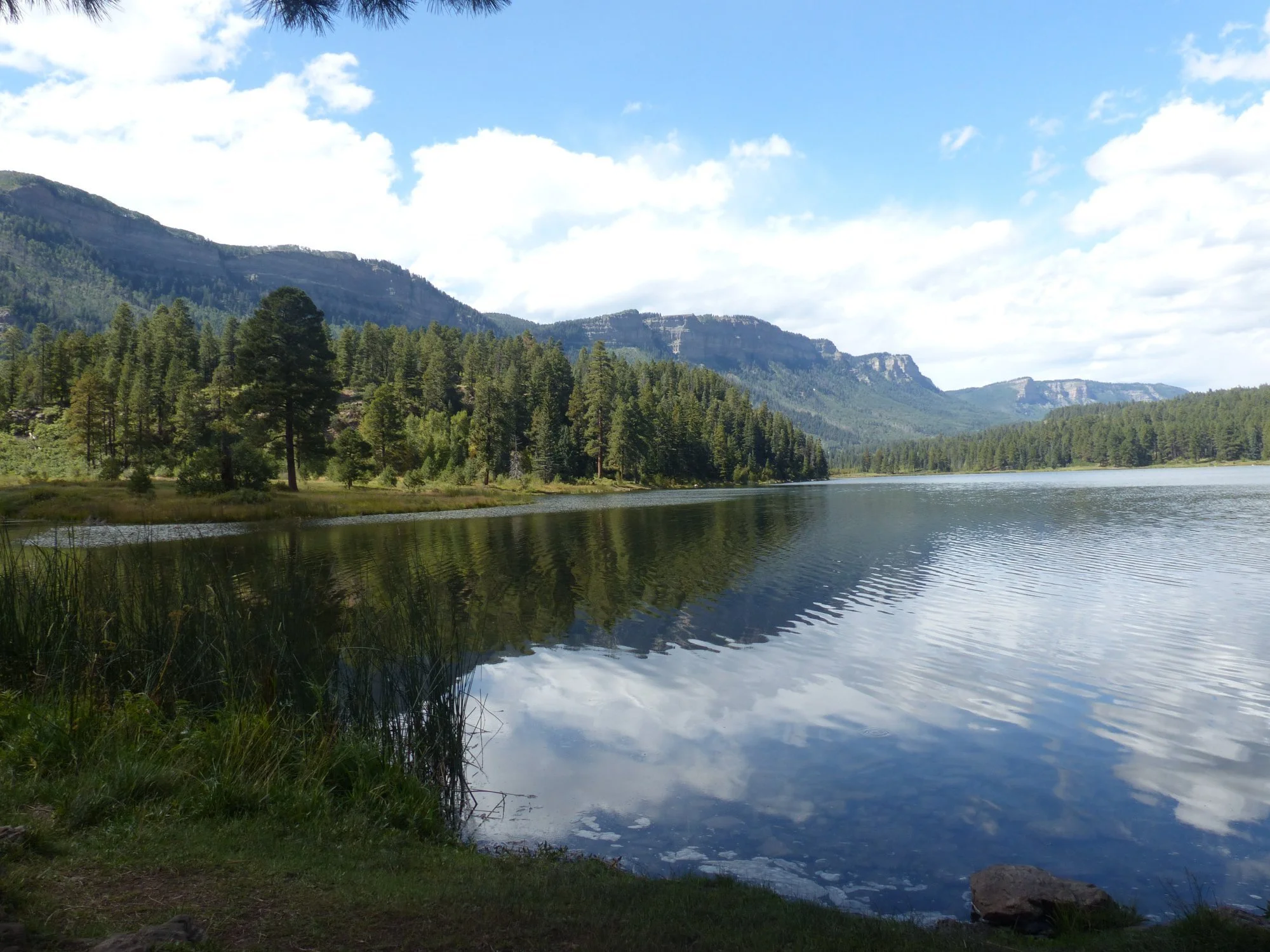Stretching across an impressive 1.8 million acres of Colorado's southwestern region, the San Juan National Forest stands as a testament to natural grandeur. This vast wilderness sanctuary, featuring four distinct wilderness zones, serves as a playground for outdoor enthusiasts. During peak season, adventure seekers flock to this natural paradise for an array of activities including rock climbing expeditions, angling in pristine waters, extensive hiking networks, thrilling water activities, and rugged off-road adventures. Among its many attractions, the forest showcases the breathtaking 232-mile San Juan Skyway, offering some of the most picturesque drives in the region. While visitors can easily access the forest on day trips from Durango, the true essence of the wilderness is best experienced by spending nights under the stars, whether at well-appointed developed campgrounds or more remote dispersed camping locations. These sites typically come equipped with basic amenities such as vault toilets and designated fire rings, allowing for a comfortable yet authentic outdoor experience.
Camping Near San Juan National Forest
Immerse yourself in San Juan's rugged peaks, shimmering alpine lakes, and whispering pines - where adventure awaits at every turn.
CampChimp is better in the app
Find Available Camping
The 5 best campgrounds near San Juan National Forest, CO
-

Haviland Lake
 Durango, CO
Durango, CO


Nestled in the San Juan National Forest this campground offers stunning views of the surrounding mountains and access to hiking trails.
-

Molas Lake Campground
 Silverton, CO
Silverton, CO


This idyllic campground nestles amidst towering pines near Molas Lake's pristine waters offering serene fishing spots scenic hiking trails winding through alpine meadows and chances to glimpse local wildlife like elk and marmots.
-

Junction Creek Campground
 Durango, CO
Durango, CO


Surrounded by towering pines and lush meadows this campground offers a peaceful escape in the heart of the San Juan National Forest.
-

Lottis Creek Campground
 Gunnison, CO
Gunnison, CO


Nestled in the heart of the San Juan National Forest Williams Creek Campground offers a serene escape into nature with its lush pine forests and the soothing sounds of the nearby creek. Campers can enjoy hiking trails fishing spots and stunning mountain vistas.
-

Morefield Campground
 Mesa Verde National Park, CO
Mesa Verde National Park, CO


Nestled along the West Dolores River this campground offers a tranquil setting and opportunities for fishing and exploring the surrounding wilderness.
The 5 hardest-to-book campgrounds near San Juan National Forest, CO
The 5 best campgrounds for RV camping near San Juan National Forest, CO
The 5 best campgrounds for tent camping near San Juan National Forest, CO
The best camping near San Juan National Forest guide
About
- Best for camping with your boat: Miller Creek Campground offers direct access to the Lemon Reservoir and has its own concrete boat ramp.
- Best for wilderness hikers: Vallecito Campground is situated at the entrance to the Vallecito Trail, which leads out into the Weminuche Wilderness.
- Best for off-roaders: Williams Creek Campground offers easy access to a number of area all-terrain vehicle (ATV) trails.
- Securing your ideal spot in San Juan National Forest requires advance planning. Individual campsite reservations become available six months ahead at 8am Mountain Time, while group sites can be booked a full year in advance. For coveted locations and cabin rentals, it's essential to be ready at your computer the moment reservations open.
- When seeking first-come, first-served accommodations, enhance your chances by targeting more remote or less accessible campgrounds, particularly during the peak summer season.
- For the best shot at securing your preferred spot, consider planning your visit during weekdays when campground occupancy tends to be significantly lower.
The optimal time to explore San Juan National Forest falls between late spring and summer's end, when temperatures reach their peak and winter's snow cover has largely receded. While winter sports enthusiasts do frequent the area for recreational activities, and the forest provides exceptional venues for sledding, Nordic skiing, and snowmobile adventures, winter conditions can be extremely challenging and should only be attempted by those with substantial outdoor experience and expertise.
- Mobile phone coverage throughout San Juan National Forest can be spotty or nonexistent. Ensure you've downloaded maps for offline use or bring traditional paper maps as backup navigation tools.
- Pet owners must keep their dogs on leash within designated campground areas and maintain voice control when exploring backcountry regions. Always maintain a safe distance between your pets and local wildlife.
- The forest is home to a significant black bear population. Both for your safety and wildlife conservation, thoroughly review and follow bear safety protocols before your visit. Always secure food items, cooking equipment, and waste in either a bear-resistant container or inside a hard-sided vehicle.
- Winter visitors should come prepared with appropriate vehicle equipment, including tire chains or winter-rated tires.




